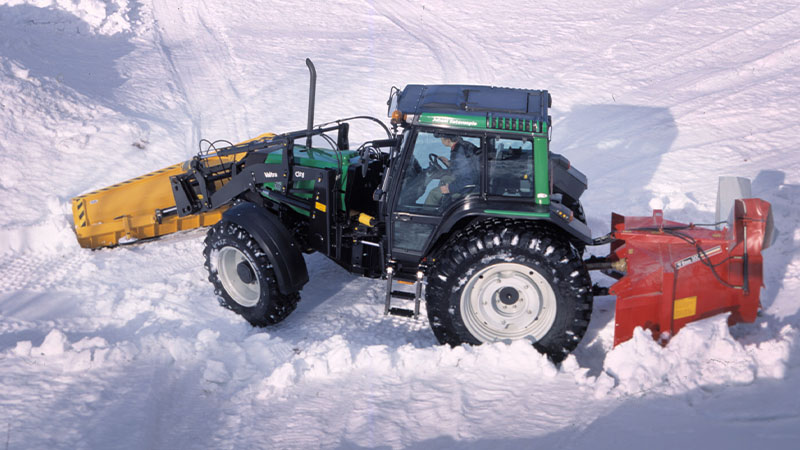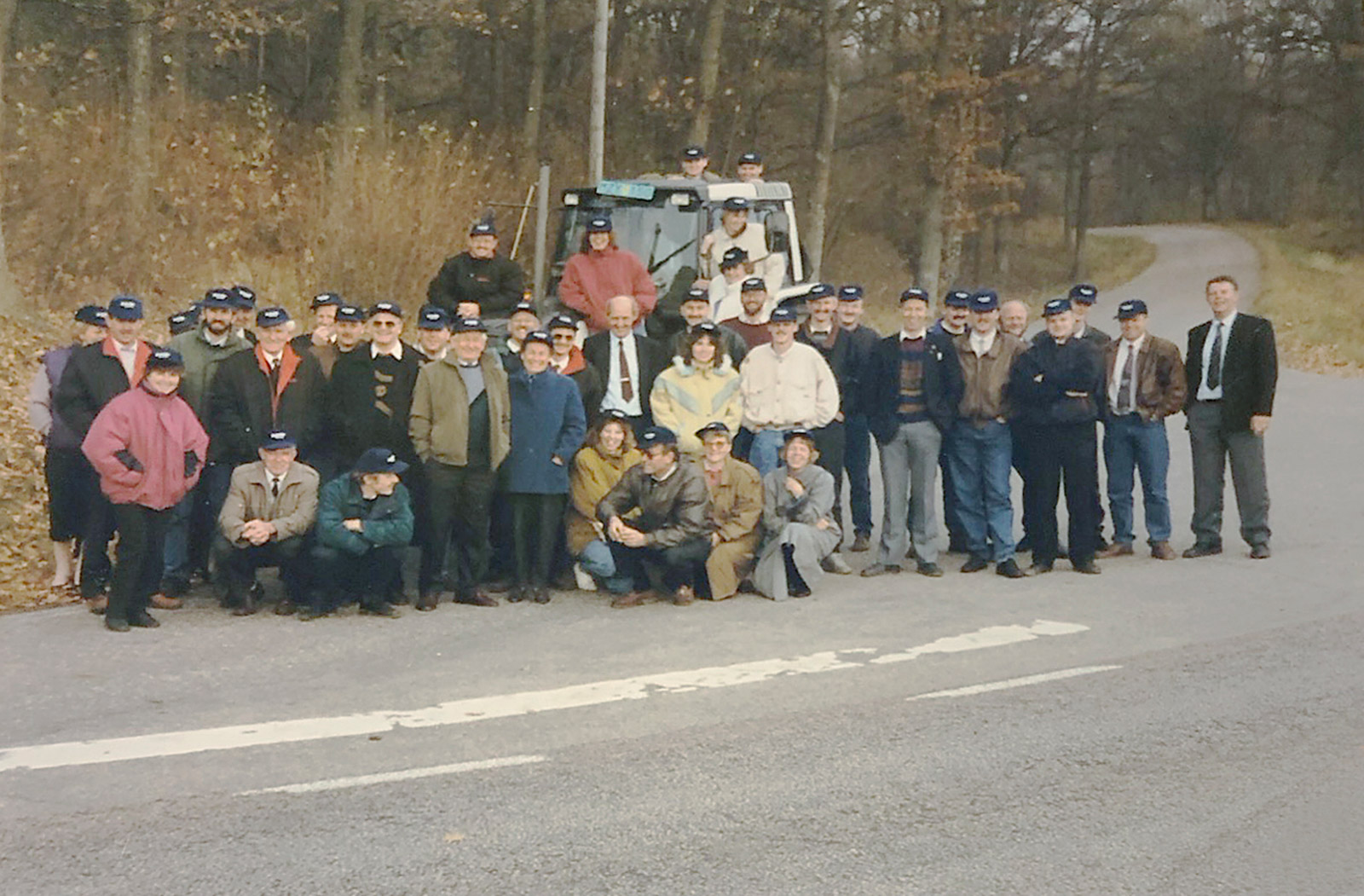Valtra’s predecessor Valmet took its first steps in 1949 when the Finnish State Artillery Factory under the State Metal Works introduced its first tractor prototype. The little tractor was powered by a one-cylinder engine producing 12 horsepower and even Valmet was not impressed. Development work continued and two years later, in 1951, the company’s first serial production tractors were ready.
The conditions during the immediate post-war period were reflected in the factories in which the first Valmet tractors were manufactured. Parts for the prototype tractors were manufactured in what had been an artillery factory, and the main chassis member between the clutch and gearbox was made from a heavy gun barrel. The tractors were assembled in what had been a rifle factory in Jyväskylä. With the exception of the very first prototype, all Valmet tractors were powered by engines produced at the Linnavuori factory, which still produces the engines for Valtra tractors to this day.
The first ten serial production tractors were put to work on farms for testing. These test tractors attracted such attention that another series of 75 tractors was manufactured in 1952, allowing sales of the Valmet 15 A to begin in earnest.
There was huge demand for machinery and equipment within the agriculture sector in the post-war years, and dozens of small tractor manufacturers were established throughout Europe. The success of Valmet tractors was down to selecting the optimum size. There was a clear need for small tractors, and the Valmet 15 was said to replace a pair of horses. Advertising for Valmet tractors also highlighted the range of implements available, including ploughs by Fiskars, harrows by Rosenlew and mowers by Valmet. By the end of 1953 Valmet had manufactured almost a thousand tractors.
However, as still happens today, there was growing demand for more powerful models. Valmet responded to customer demands by offering more horsepower and fitting a hydraulic linkage, first as an option but later as standard equipment. These changes were introduced in spring 1955 with the new Valmet 20, which accounted for 75 percent of the 2100 Valtra tractors manufactured in that year. The Valmet 20 remained in production until 1962, after which petrol engines were replaced by diesel engines. Altogether almost 10,000 “little Valmets” were manufactured.
Just as Valmet tractors were popular in the 1950s, they continue to be much sought after among collectors. Some enthusiasts have even continued to further develop these classic tractors; for example, two students from Livia College created a Valmet 20 BGB model that runs on biogas and petrol as part of their thesis work.
Valmet 15 A / Valmet 20 technical features
| Model | Engine | Output | Speed | Tyres | Mass | Front linkage |
|---|---|---|---|---|---|---|
| 15 A | 1,5 l/4-cyl | 15 hp (2 000–2 200 rpm) | 4,1–18 km/h | front 4x15” rear 8x24” | 780 kg | mechanical |
| 20 | 1,5 l/4-cyl | 19,5 hp*– 22 hp** (2 400 rpm) | 4,1–18 km/h | front 4x15” rear 8x24” | 900 kg | hydraulic (optional) |


